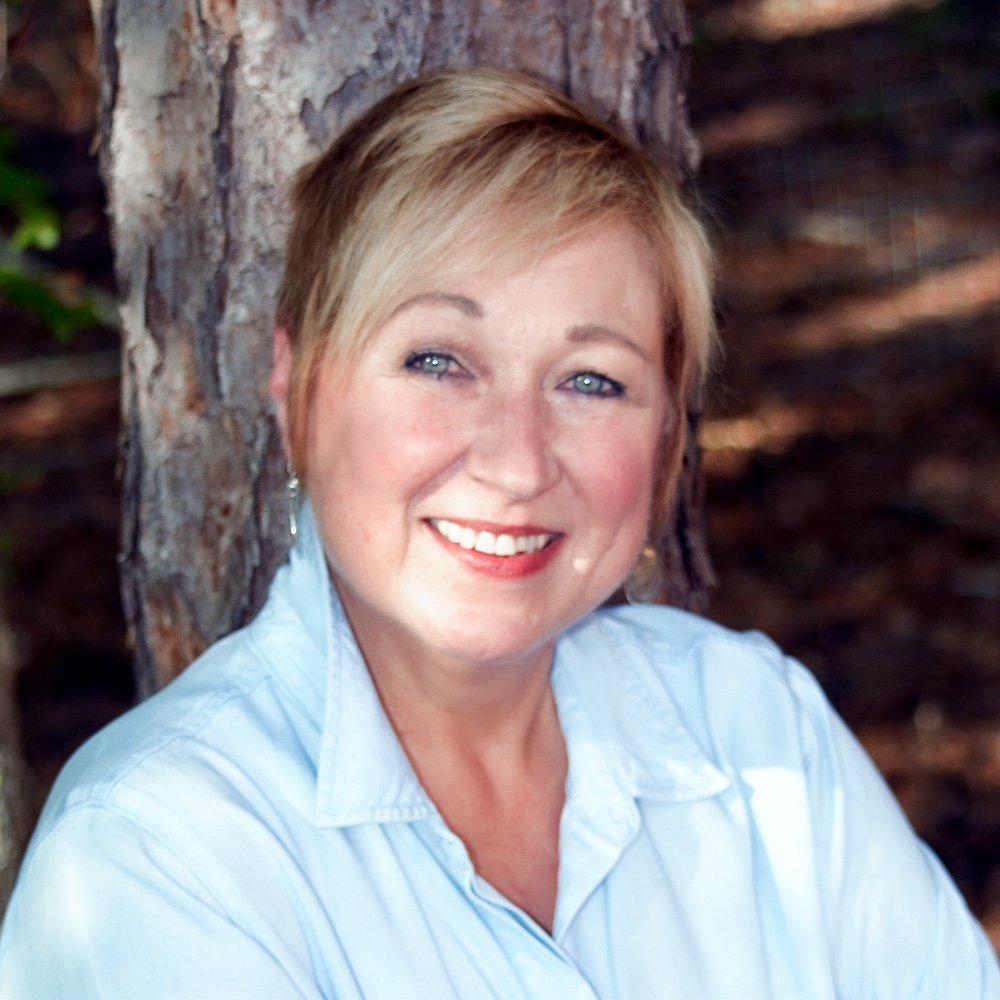Together.
Shame is not something we ‘fix’ in the privacy of our mental processes; evil would love for us to believe that to be so. We combat it within the context of conversation, prayer, and other communal, embodied actions.
~ Curt Thompson, MD, The Soul of Shame
the healing journey, epilogue.
Today’s post comes from longtime friend and colleague, Mary Yerkes—a writer, trauma-informed coach, spiritual director and ally of The Vining Center. We are happy to welcome her sage voice in this important conversation!
What comes to mind when you think of trauma? The death of a friendship, the loss of a home, a diagnosis that forever changes the course of your life? Not all trauma comes in the shape of a major, life-altering event. Some trauma is cumulative, like growing up in a home where you are neither seen nor heard, where loved ones mock or dismiss the things most precious to your heart as unworthy of their time or attention.
Regardless of its source, trauma inevitably leads to shame and isolation. Shame tells us that we are fundamentally wrong and damaged at our core, with little hope for redemption. Shame is about who we are, not what we do. The natural course of shame is to isolate ourselves from our true selves, from others, and God. Like Adam and Eve, we hide behind our fig leaves of competency and success, hoping no one will notice that we are dying inside. We prop ourselves up with outward trappings, seeking to obscure a deeper truth—the desperate desire we have to be truly known. We yearn to be together, welcomed, included, loved.
Intuitively, we know that shame quenches our gifts and any sense of vocational vision and creativity we might possess, so periodically, we peek out from behind our fig leaves of self-sufficiency, only to draw back into hiding at the slightest provocation or hint of rejection.
Is there a better way? How do we end the cycle of trauma, shame, and isolation?
According to Psychiatrist Curt Thompson, we combat shame through honest conversation, prayer, and communal, embodied actions. My experiences bear this out. I first entered into this type of community among a group of unorthodox Christian artists. They created a safe space for me to share my story and embraced me despite my rather unconventional life experiences at the time.
Several years later, while sorting through additional layers of trauma, I began my initial training as a spiritual director. I found myself together with a group of believers from multiple denominations, but what we all had in common was that we had suffered deeply. We went around the room and shared our “shame narratives,” holding space for each other’s pain. We were neither put off nor repulsed by each other’s pain; instead, we were drawn together through our humanity, stories of suffering and injustice, and a shared hope for a different future. Later, we shared a meal and drank wine late into the night.
Over the years, I have learned the importance of creating communities of safety and healing where others can share their shame and uncover their true selves in the safety for which they long. As a spiritual director, I seek to establish this environment for each of my directees, whether one-on-one or in a group.
I believe there is no other way.
growing your soul
If you haven’t already, find your tribe, that place where you can be healed and stand shame-free in your emotional nakedness.
serving our world
As you find healing for your shame, create intentional communities of grace where others can share their shame narratives and find love and acceptance in community.
takeaway
We heal together.
*Mary writes as a trauma-informed spiritual director, not a medical doctor or psychotherapist. Nothing in this post should be construed as psychiatric advice nor a substitute for professional medical care around the experience of trauma. Learn more about Mary at maryyerkes.com.


